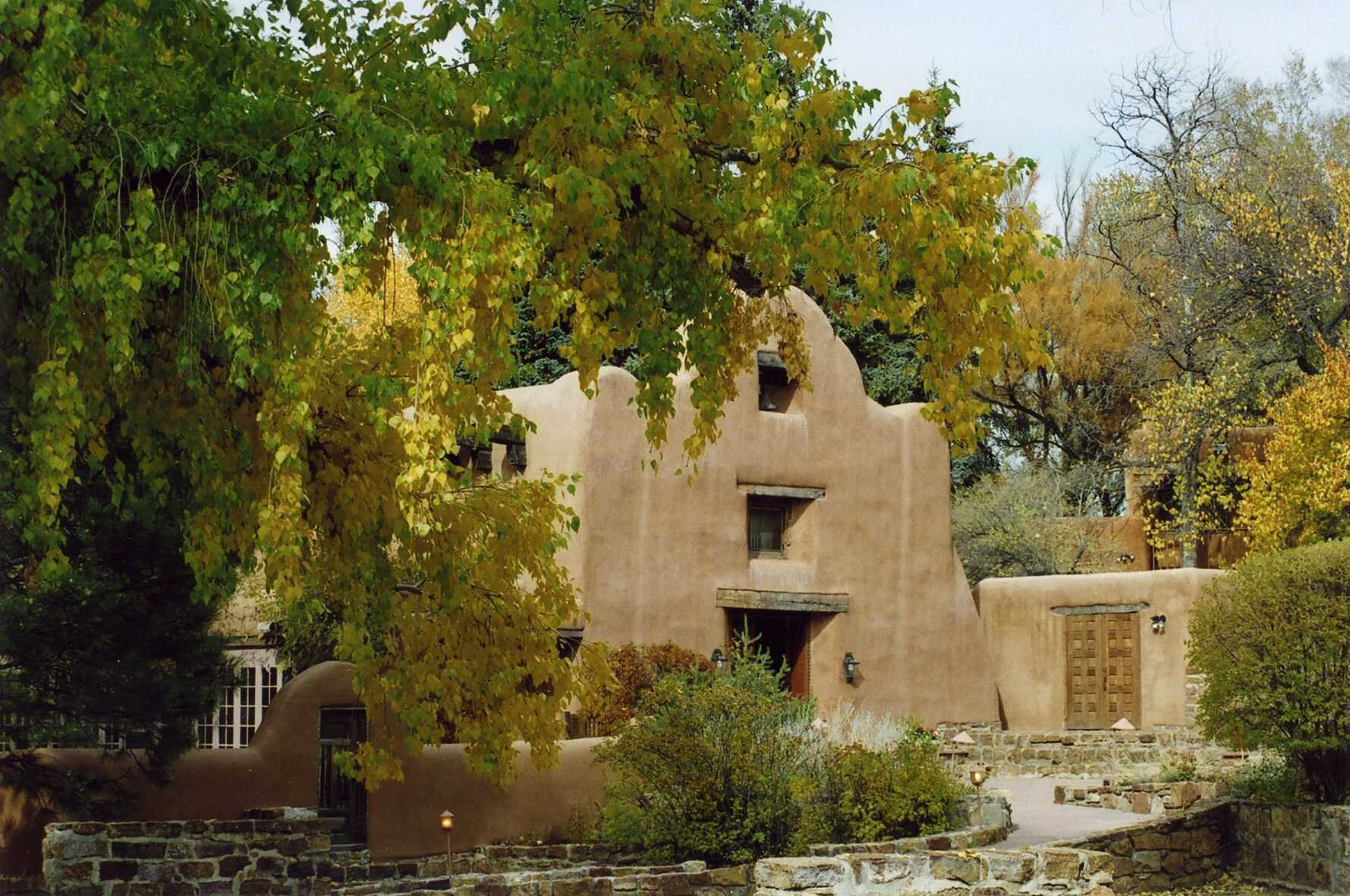Interview with Simone Frances, Photographer for HSFF's Old Santa Fe Today
Nuevo Mexico Profundo Heritage Archive - Interviews with New Mexicans
El Zaguán Video Series: Acequia de la Muralla - A Tour by Mayordomo B.C. Rimbeaux

The Roque Lobato House - A Book on HSFF's Register Property Lobato - Morley House
Nuevo Mexico Profundo Interview Series: Mac Watson

